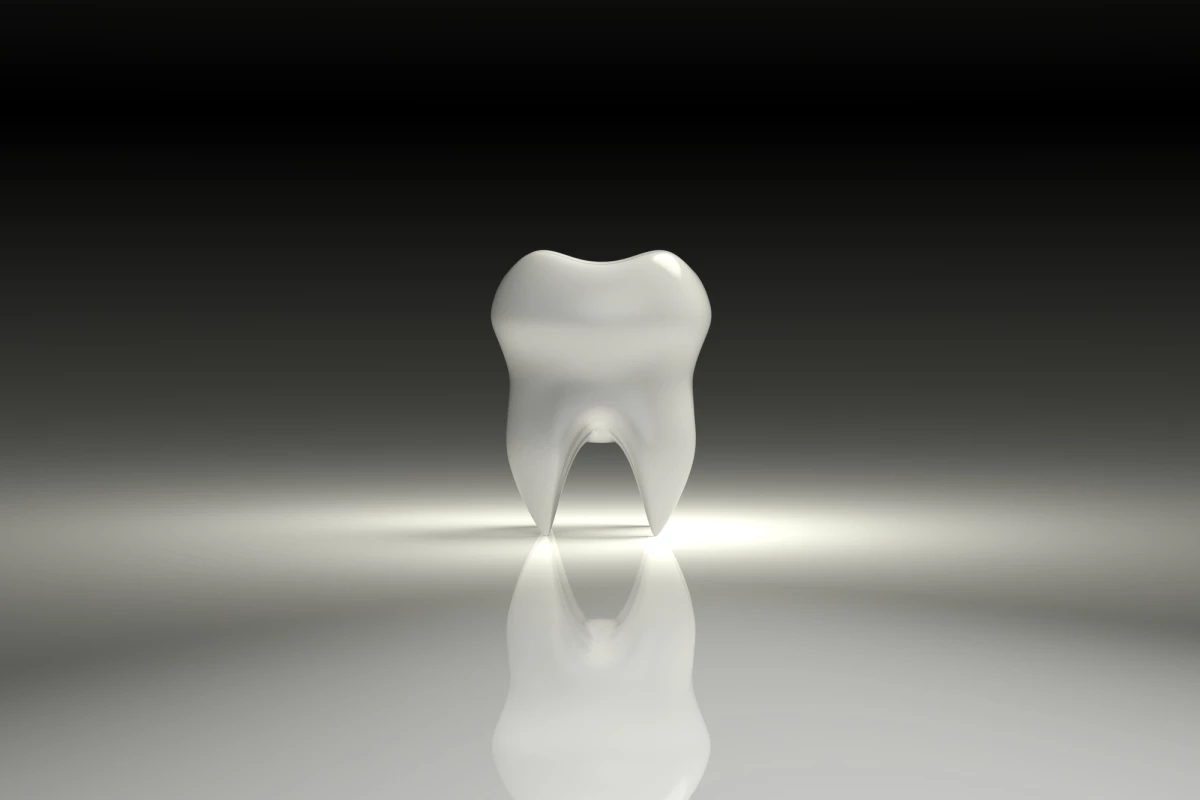As the hardest tissue in the human body, enamel is not an easy material for engineers to mimic, but doing so could mean big things in materials science and regenerative medicine. Researchers are now reporting a breakthrough in this area, by tweaking the composition of a naturally occurring mineral to emulate the microstructure of natural enamel in a new type of dental coating, and do so in a way that offers even greater strength.
Carried out by scientists in Russia and Egypt, the newly developed dental coating uses hydroxyapatite as a starting point. This compound is the primary component in bone tissue and mineralized tissues in humans and animals.
The researchers doped the hydroxyapatite with a complex of amino acids that naturally aid in the repair of bone and muscle structures, such as lysine and arginine, resulting in a mineralized layer with properties resembling the main component of natural enamel. The material was then applied to healthy teeth, so the team could observe its ability to bind to real dental tissue.

The scientists used chemical imaging, field emission electron and atomic force microscopy to investigate the properties of the new material. The mineralized layer was found to be between 300 and 500 nanometers thick, with a nanocrystal structure in line with that of apatite crystals in natural enamel. Importantly, the team found the new coating exhibited impressive strength, and even greater hardness than natural enamel when measured on the nanoscale.
“We have created a biomimetic mineralized layer whose nanocrystals replicate the ordering of apatite nanocrystals of tooth enamel," explained study author Pavel Seredin. “We also found out that the designed layer of hydroxyapatite has increased nanohardness that exceeds that of native enamel.”
As a very fine but very tough coating of the tooth, enamel plays an important role in fending off cavity and decay, but it is also one of the only tissues in the body that cannot regenerate. This means its erosion over a lifetime can lead to serious dental problems, but we have seen some inventive approaches to regenerating enamel, such as using low-powered lasers to stimulate stem cells, for example, or toothpaste loaded with peptides.
In throwing another potential solution into the mix, the team imagines its technology helping restore enamel that has worn away through erosion or abrasion. But they also hope to improve on it further by exploring how it might be applied to larger defects, such as cracks and fractures.
The research was published in the journal Engineering.
Source: Ural Federal University




